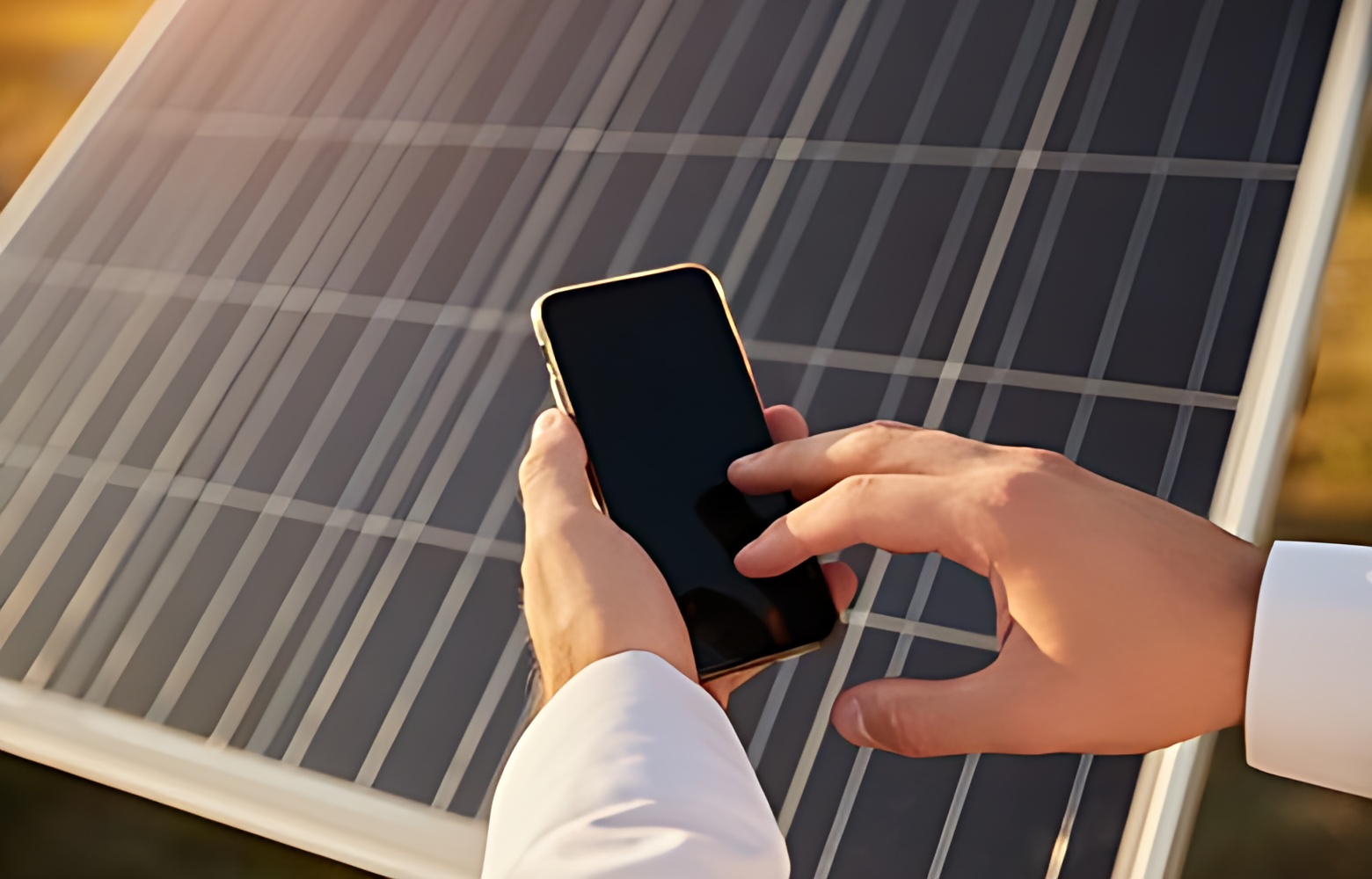
In an era where the need for clean energy solutions has never been more pressing, the concept of solar-powered smartphones is beginning to shine. Imagine a world where our mobile devices draw their power not from traditional electrical outlets but from the boundless energy of the sun. This is the promise of solar phones, a technological advancement that could revolutionize how we communicate while reducing our carbon footprint. In this in-depth exploration, we will explore the potential future of solar phones and why they may be poised for a significant market takeover.
Why Solar Phones Will Have a Huge Market
The global need for sustainable and eco-friendly technologies fuels the shift toward solar phones. Climate change, energy conservation, and reducing our carbon footprint have become paramount concerns. Solar phones can potentially play a vital role in addressing these challenges.
The market for solar phones is vast and diverse. First, consider the global ubiquity of mobile phones. In 2020, there were an estimated 3.6 billion smartphone users worldwide, a number projected to increase steadily in the coming years. This massive market provides a vast canvas for the integration of solar technology.
Furthermore, the portability and versatility of solar phones make them an ideal choice for remote or off-grid regions. In many parts of the world, access to electricity is limited or unreliable. Solar phones can address this energy gap by providing a reliable source of power. This access to communication can improve lives, drive economic growth, and connect individuals to essential services like healthcare and education.
Solar phones also align with the growing global awareness of sustainable living. Consumers seek products that align with their values as they become more environmentally conscious. Solar phones offer a tangible way for individuals to reduce their carbon footprint. Moreover, companies that invest in sustainable practices are often met with positive public perception and support.
The future of solar phones is not only hinges on their capacity to harness clean energy but also on their ease of use. Users expect their smartphones to be intuitive, efficient, and reliable. The operation of solar phones must meet these standards to gain mass adoption.
Easy Operation
One of the key challenges of solar phones is ensuring that their use is as straightforward as conventional smartphones. Users should not face significant barriers or inconveniences in transitioning to solar-powered devices. This is crucial for widespread acceptance.
The technology behind solar phones is complex, involving photovoltaic cells and energy conversion processes. However, phone manufacturers are responsible for simplifying this complexity for the end-user. This means designing user-friendly interfaces and ensuring that charging and power management does not require significant alterations to established usage patterns.
Optimizing the phone’s solar charging capabilities is a crucial aspect of easy operation. The solar panels must be efficiently integrated into the phone’s design so that they capture sunlight even during casual use. Users should not have to go out of their way to expose their phones to direct sunlight for extended periods.
User education also plays a role. Manufacturers should provide resources and guidance on maximizing solar charging and overall phone efficiency. It is equally important for users to understand the environmental benefits of solar phones, as this knowledge can motivate them to embrace these devices.
Additionally, interoperability and compatibility with existing technologies are vital. Solar phones should seamlessly integrate with wireless charging docks, car chargers, and other standard charging methods. This flexibility ensures that users can continue using their phones in familiar ways, further enhancing easy operation.
Durability
For solar phones to thrive, they must be built to withstand various environmental conditions and usage scenarios. Durability is paramount for ensuring that these phones can truly adapt to a variety of situations.
Solar phones should be water-resistant and dustproof, capable of functioning in extreme temperatures, and resilient to accidental drops. This robustness ensures that users can rely on their devices, whether they are in urban environments, remote locations, or engaging in outdoor activities.
Another aspect of durability is the longevity of the solar components. The photovoltaic cells and associated hardware must withstand wear and tear, maintaining their efficiency over time. Manufacturers should focus on creating solar panels that are scratch-resistant and can maintain their power output even after prolonged usage.
Moreover, the durability of solar phones is closely tied to sustainability. A phone that lasts longer and requires fewer replacements contributes to reduced electronic waste. This is an important factor in promoting environmental responsibility and reducing the carbon footprint associated with electronics manufacturing.
Final Thoughts
The emergence of solar phones represents a potential game-changer in the smartphone industry and our global pursuit of sustainable technologies. Solar phones offer a promising path to a greener, more sustainable digital world as we look ahead to a future where clean energy and environmental responsibility are paramount.
The enormous market for smartphones, the demand for eco-friendly solutions, and the potential for positive public perception make solar phones an attractive prospect. However, their success depends on easy operation and user-friendliness. Transitioning to solar power should be seamless for users, with minimal disruption to their daily routines.
Durability is equally critical. Solar phones must be resilient, capable of withstanding various conditions, and have a prolonged lifespan to align with sustainability goals.
The future of solar phones is bright. With continued innovation, a focus on user convenience, and an unwavering commitment to environmental responsibility, solar phones can reshape how we interact with technology, harnessing the sun’s power to keep us connected, informed, and environmentally conscious.








